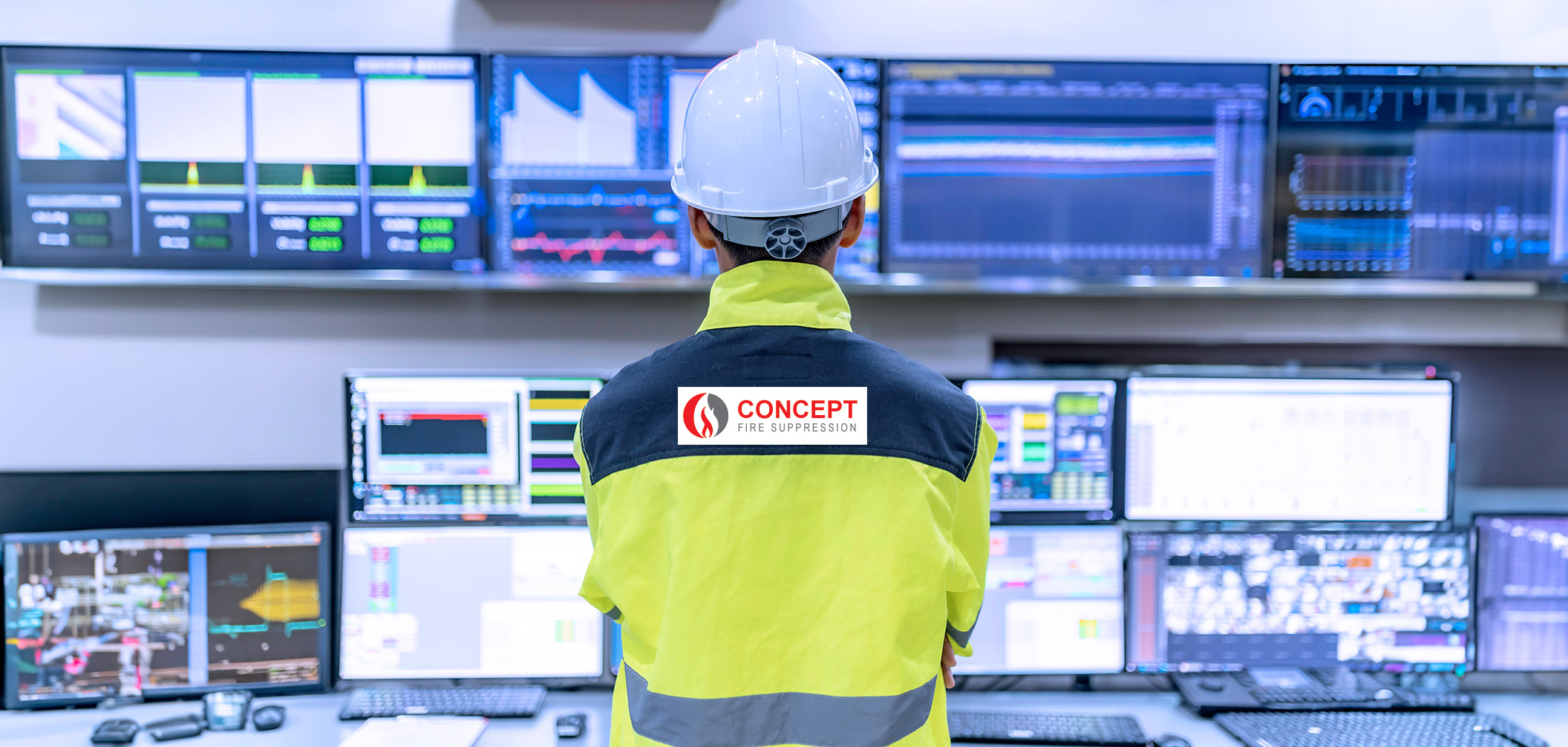16. Limitations and Considerations: Factors to Keep in Mind
While fire suppression systems offer significant benefits in fire safety, it is important to be aware of their limitations and consider certain factors when implementing and relying on these systems. Understanding these considerations helps ensure realistic expectations and optimal system performance. Let’s explore some key limitations and factors to keep in mind:
1. Fire Size and Intensity:
Fire suppression systems are designed to handle specific fire sizes and intensities. It is crucial to understand the limitations of the system in relation to the potential fire hazards present in your facility. Larger or more intense fires may require additional suppression measures or specialised equipment beyond the capabilities of the standard system. Lithium battery fires are an example of that and Thermal Runaway occurs very quickly.
2. Occupant Awareness and Response:
While fire suppression systems can detect and suppress fires, the safety of occupants also relies on their awareness and response. Proper fire safety education, training, and regular drills are essential to ensure that occupants understand evacuation procedures, respond promptly to alarms, and follow established safety protocols.
3. Maintenance and Inspection:
Fire suppression systems require regular maintenance and inspection to ensure their reliability and effectiveness. Failure to perform routine maintenance or neglecting timely inspections can compromise system performance. It is crucial to establish a comprehensive maintenance plan and work with qualified professionals to conduct regular servicing and address any identified issues promptly.
4. Compatibility with Hazardous Materials:
Certain hazardous materials, such as reactive chemicals or combustible metals, may require specialised suppression methods that go beyond standard fire suppression systems. It is essential to assess the unique fire risks associated with specific materials and consult with fire suppression specialists to determine appropriate suppression strategies.
5. System Integration and Compatibility:
When implementing fire suppression systems, it is important to consider their integration and compatibility with other building systems, such as HVAC, electrical, and security systems. Proper coordination and integration ensure seamless operation and prevent potential conflicts or disruptions during a fire emergency.
6. Environmental Considerations:
Some fire suppression agents, such as certain chemical agents (FM200) or halon-based systems, may have environmental implications due to their ozone-depleting potential or greenhouse gas emissions. It is essential to consider environmentally friendly alternatives and adhere to applicable regulations and guidelines to minimise environmental impact.
7. Evolving Standards and Regulations:
Fire suppression standards and regulations are subject to updates and revisions over time. Staying informed about the latest industry developments and ensuring ongoing compliance with evolving standards is crucial to maintain an effective and up-to-date fire suppression system.
By being aware of these limitations and considering relevant factors, you can make informed decisions regarding the design, installation, operation, and maintenance of fire suppression systems. Collaborating with experienced fire suppression specialists ensures that these considerations are adequately addressed, resulting in a system that aligns with your specific fire safety needs.
In the next section, we will explore emerging trends and innovations in fire suppression technology, highlighting advancements that enhance fire safety measures. Join us as we continue our journey through the world of fire suppression and its critical role in fire safety.
To go back and read again 15. Benefits of Fire Suppression Systems: Protecting Lives and Property or to go forwards go to 17. Maintenance and Inspections: Keeping Fire Suppression Systems Reliable you will have to wait until tomorrow.
If you have any queries please contact us now!







